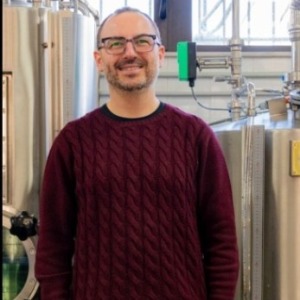8th Edition of Euro Global Conference on
Food Anthocyanins
Anthocyanins are a class of water-soluble pigments responsible for the vibrant red, purple, and blue colors found in many fruits, vegetables, and flowers. These compounds belong to the flavonoid family and possess antioxidant properties that offer potential health benefits. Anthocyanins are commonly found in foods such as berries (e.g., blueberries, strawberries, raspberries), grapes, cherries, blackcurrants, purple cabbage, eggplant, and red wine. The color of anthocyanins varies depending on pH levels, with red hues prevailing in acidic environments and blue hues dominating in alkaline conditions. Anthocyanins play a crucial role in plant physiology, serving as natural protectants against UV radiation, pests, and diseases. Additionally, they attract pollinators and seed dispersers, contributing to plant reproductive success. In the human diet, anthocyanins are associated with numerous health benefits, including antioxidant, anti-inflammatory, anti-cancer, and cardioprotective effects. Studies suggest that regular consumption of anthocyanin-rich foods may help reduce the risk of chronic diseases such as cardiovascular disease, diabetes, and certain types of cancer. Furthermore, anthocyanins may support brain health and cognitive function by protecting against oxidative stress and inflammation. Despite their potential health benefits, anthocyanins are sensitive to factors such as light, heat, and pH changes, which can affect their stability and bioavailability in food products. Processing methods such as juicing, cooking, and drying may alter the content and composition of anthocyanins in foods. Therefore, consuming a diverse range of fresh and minimally processed foods rich in anthocyanins is recommended to maximize their health-promoting effects. Overall, anthocyanins are valuable phytonutrients with colorful benefits for both plants and humans, contributing to the nutritional and sensory appeal of a varied diet.

Said Bouhallab
INRAE, France
Giovanni De Francesco
University of Perugia, Italy
Ombretta Marconi
University of Perugia, Italy
Alex Martynenko
Dalhousie University, Canada
Ana Isabel Najera
University of the Basque Country EHU, Spain
Marcin A Kurek
Warsaw University of Life Sciences, Poland


